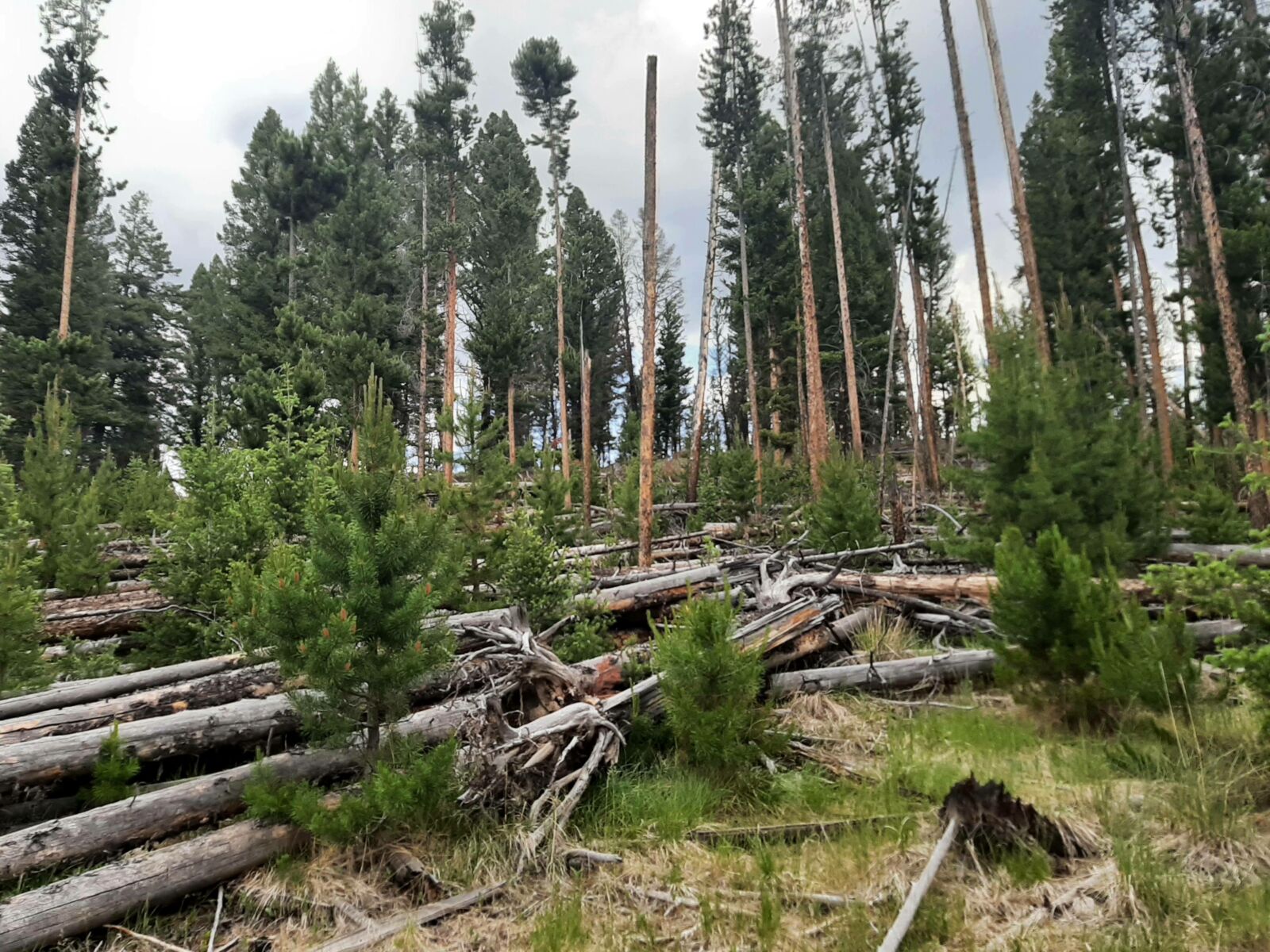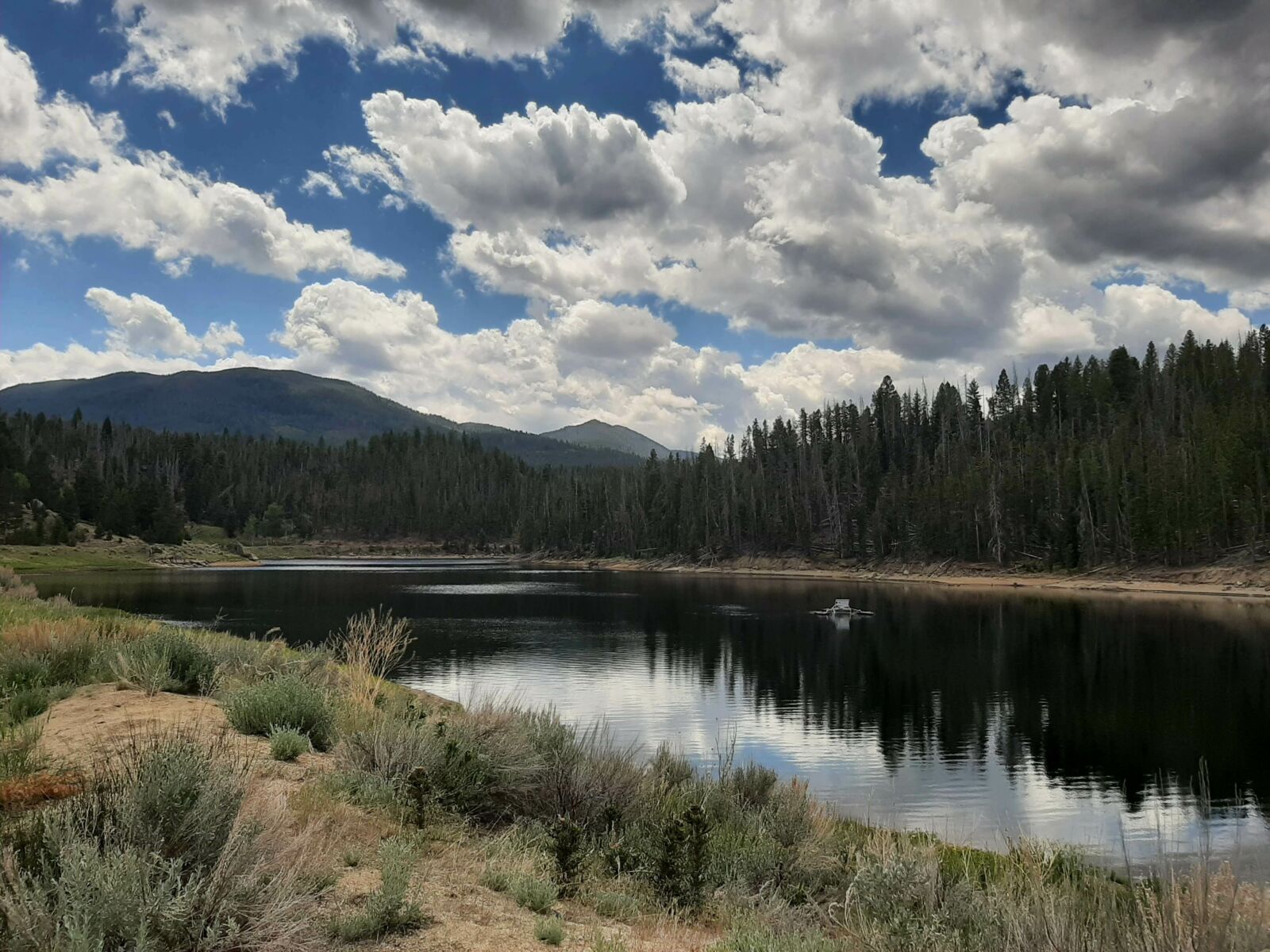This summer as a Conservation Connect Fellow, I was able to engage with some of the work happening around the Montana Forest Action Plan and learn about shared stewardship across the country. State forest action plans started with the passage of the Farm Bill in 2008 which required states to assess their forest conditions every ten years. Montana finished their new Forest Action Plan in 2020 and incorporated values of shared stewardship and collaboration into the vision for the next ten years. Chaired by the Montana State Forester, the Forest Service’s Northern Regional Forester, and facilitated by the National Forest Foundation, the state-level Montana Forest Action Advisory Council brought together wood products, conservation, landowner, watershed, tribal and other interests to help shape how forests are managed in the state.

Claire Grisham
landscape level treatment area.
Chances are, if you are interested in conservation and land management you’ve probably come across the term “shared stewardship”. Used as a strategy by the U.S. Forest Service, shared stewardship is when land managers from different agencies work together towards collective priorities across boundaries to address landscape level issues. Forests in the U.S. have a long history of fire suppression which has dramatically altered the natural cycle of fire that forests depend on and are accustomed to. Fire suppression practices have led to denser forests with less diversity of tree species and coupled with climate change these forests are seeing more insects and diseases and elevated fire risk with longer fire seasons. To restore resiliency to our forests so they can withstand a changing climate with all the factors described above, landscape level treatments need to happen at a faster pace. Shared stewardship is a framework to make that happen.

landscape level treatment area.
Montana is not unique in this shift in vision, as 25 other states signed shared stewardship agreements with the U.S. Forest Service. Cross-boundary work, where forest projects occur across different land ownerships, can only happen when there are strong partnerships among land managers. Executing cross-boundary projects is not a simple task though, and requires partnerships, planning, and funding.
An important takeaway I’ve gathered from all this is how imperative it is to build relationships with different state and federal agencies, tribal nations, non-governmental organizations, and private landowners, to embody shared stewardship and accomplish cross-boundary work. Breaking down silos and working together is the only way to restore an entire landscape. While it’s not always easy to partner and collaborate, it is worth the effort.

